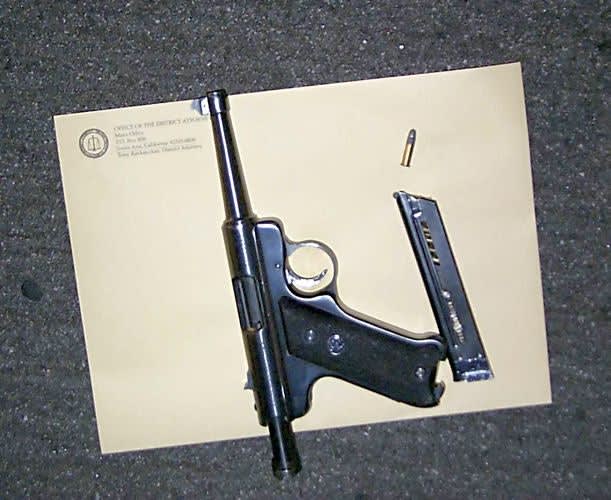Torture
Once home invasion robbers gain access to the residence, they typically round up all the family members in a single room. The house is swept in a police-like fashion to account for everyone. Since the robbers have most likely studied their victim for a while, they know who is supposed to be in the home.
The robbers bind all family members' hands and feet with duct tape or electrical cords. Some gangs even use flex-cuffs, like the police.
Once inside the house, the robbers look for cash, jewelry, stereo equipment, electronic entertainment equipment, guns, passports, credit cards, and banking information. It is all about money. If they can't find what they're looking for, home invasion robbers will use torture to coerce the victims into telling them where cash and valuables are hidden.
Various tactics are used to convince victims to cooperate. Steel rods wrapped in cloth might be used to beat the victims. Sometimes robbers use knives to cut the victim's children or spouse. Holding plastic bags over children's faces, burning flesh with a hot iron, using a drill to drill a hole into a kneecap, rape, attempted murder, and murder have all been methods used by home invasion robbers. And these are just some that have been reported to police. You can see why victims are often too afraid to cooperate with the police after being threatened with these types of torture if they tell.












